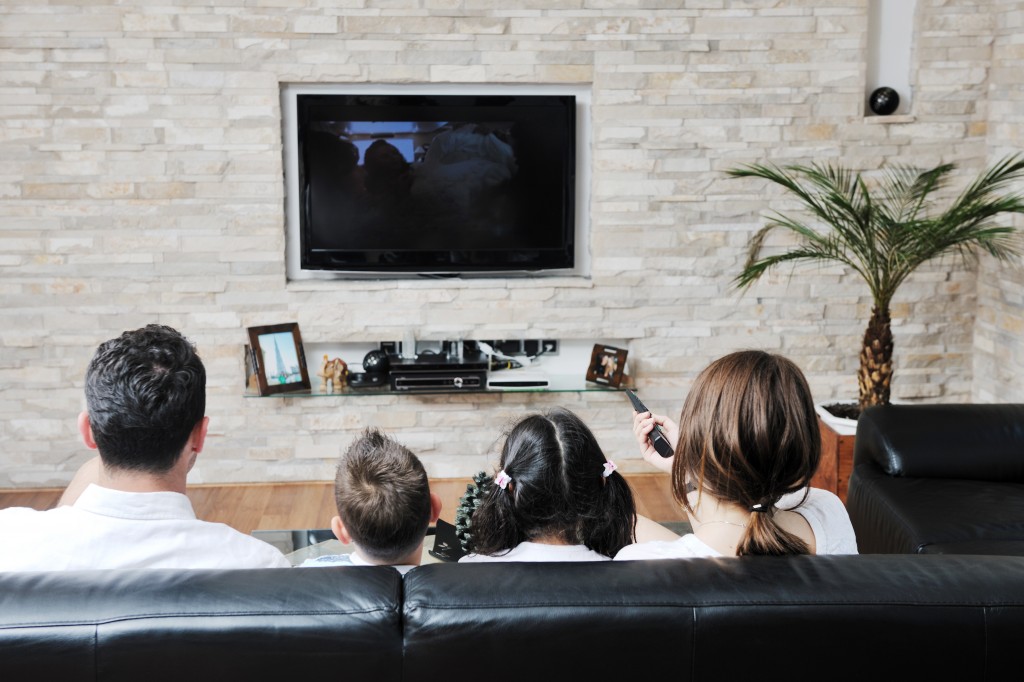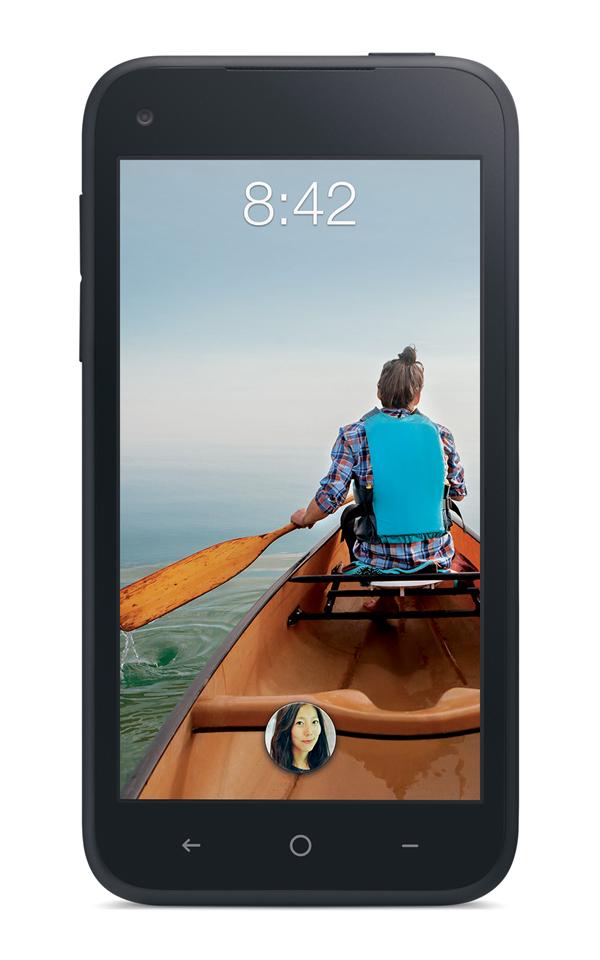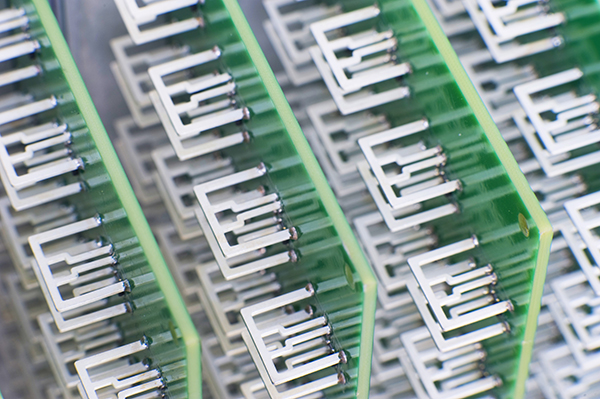
On April 3, 2013, the iPad turned three. Jay Yarrow over at Business Insider has put together a great summary of How The iPad Totally Changed The World In Just Three Years. A couple of highlights:
— Apple has sold some 140 million iPads for around $75 billion in sales.
— The iPad is one of the fastest growing consumer products ever.
— iPad inspired tablets have virtually destroyed the netbook market, are expected to exceed notebook sales this year and expected to exceed notebook and desktop sales by the end of 2014
— iPad revenue alone is bigger than all Windows revenue
— Traditional software houses like Amazon, Google and Microsoft are all making their own versions of the iPad
— The iPad is popping up everywhere, including airplane cockpits, restaurants and as cash registers. I would add that almost one third of doctors in the U.K. now own tablets and tablets are rapidly spreading into education at every level.
Schadenfreude
I think it’s an understatement to say that the iPad has been an overwhelming success – the biggest technology shift of our generation – which is why it’s all the more delicious to put on our 20/20 hindsight glasses and mock those who got the iPad oh-so-very-wrong those three years ago. However, rather than dwelling on how wrong the iPad’s critics were, let’s focus instead on why they were wrong and see if we can learn from their mistakes.
Screen Size Matters
“You might want to tell me the difference between a large phone and a tablet.” ~ Eric Schmidt, Google, 10 January 2010
Turns out that size really does matter. Some things are better done on a larger screen. Further, a larger screen demands that apps be re-written to accommodate their larger size. Apple recognized this and now they have over 300,000 apps specifically optimized for the iPad. Google has been slow to recognize this fact and their tablet sales have suffered for it.
Focusing On What It Isn’t
Things the iPad can’t do:
1. No Camera, that’s right, you can’t take pics and e-mail them.
2. No Web Cam, that’s right, no iChat or Skype Video chatting.
3. No Flash, that’s right, you can’t watch NBC, CBS, ABC, FOX or HULU.
4. No External Ports, such as Volume, Mic, DVI, USB, Firewire, SD card or HDMI
5. No Multitasking, which means only one App can be running at a time. Think iPhone = Failure.
6. No Software installs except Apps. Again think iPhone = Failure.
7. No SMS, MMS or Phone.
8. Only supports iTunes movies, music and Books, meaning Money, Money, Money for Apple.
9. WAY, WAY, WAY over priced.
10. They will Accessorize you to death if you want to do anything at all with it and you can bet these Accessories will cost $29.99 for each of them.
11. No Full GPS*
12. No Native Widescreen*
13. No 1080P Playback*
14. No File Management*
What an utter disappointment and abysmal failure of an Apple product. How can Steve Jobs stand up on that stage and hype this product up and not see everything this thing is not and everything this thing is lacking?
~ Orange County Web Design Blog, 27 January 2010
There are dozens upon dozens of these lists and their particulars don’t really matter. The truth is that we often tend to focus on what a new product or service DOES NOT do instead of focusing on what it does really well. The iPad made for a terrible phone and a terrible notebook computer. And that’s as far as most people could see. The netbook did a lot of things but it didn’t do any of them well. The iPad did far fewer things than the notebook or even the netbook, but it did some of those things extraordinarily well. In most instances it’s what something does, not what it doesn’t do, that matters most.
Tradeoffs
“Why is the iPad a disappointment? Because it doesn’t allow us to do anything we couldn’t do before. Sure, it is a neat form factor, but it comes with significant trade-offs, too. No 16:9 widescreen, for example.” ~ David Coursey, PC World, 28 January 2010
“I don’t get it. It costs $500 for the basic model, when you could get a laptop with a lot more functionality for about the same price. The iPad hype machine has been in full effect this week, and I still think it’s just that—hype. If I turn out to be wrong, I’ll gladly eat my words, but I’m pretty sure that I’m not wrong ” ~ Alex Cook, Seeking Alpha, 3 April 2010
EVERYTHING has tradeoffs. The key is to get asymmetrical tradeoffs that give more than they take away. The iPad gave people mobility, simplicity, ease of use and seamless integration with a virtually endless number of applications. It gave up power, size and complexity. Turns out, for most people, that was a trade that was well worth making.
It’s Not The Consumer’s Job To Predict The Future
“Before Jan 20th, only 26 percent of people said they were not at all interested in buying an Apple tablet. That number jumped to 52 percent after the announcement. Before Jan 20th, 49 percent of people said they didn’t think they needed an Apple Tablet. That number jumped to 61 percent after the announcement. Fifty-nine percent of buyers wouldn’t pay extra for 3G coverage. Whether this device becomes a big hit is anyone’s guess but based on this study it sure looks doubtful.” ~ Retrevo, 5 February 2010
“We of course build plastic mock-ups that we show (to customers)…we had a slate form factor. The feedback was that for (our) customers it will not work because of the need to have (a physical) keyboard. These were 14-year-old kids, who, I thought, would be most willing to try a virtual keyboard but they said no, we want the physical keyboard.” ~ Mika Majapuro, Worldwide Sr. Product Marketing Manager, Lenovo, 22 February 2010
“The recent launch of Apple, the iPad tablet, has won the award for the second edition of Fiasco Awards delivered this Thursday in Barcelona. From the more than 7,000 people who voted via the website www.fiascoawards.com, 4,325 have considered it the fiasco of the year. Voters through the web have decided that they want the iPad to follow a path similar to the U.S. President Obama with his Nobel Prize, receiving an award before its career starts. However, if within a year the market’s response to the iPad is not the predicted fiasco, the organization will present the 2010 edition of the Fiasco Awards as a finalist to receive the same award next year.” ~ Fiasco Awards, 2010, 11 March 2010
Can we just stop pretending that consumer polls and questionaries have any validity when it comes to predicting future behavior? How is the consumer supposed to evaluate a wholly hypothetical product – especially a revolutionary product – before they’ve even had a chance to use it? Heck, the brightest minds in tech got the iPad wrong even AFTER Apple showed it to them. Why then do we constantly put stock in the opinion of consumers with regard to products that do not yet exist?
Sizzle vs. Subtle
“Yet for some of us who sat in the audience watching Steve Jobs introduce the device, the whole thing felt like a letdown.” ~ Daniel Lyons, BusinessWeek, 28 January 2010
“I think this will appeal to the Apple acolytes, but this is essentially just a really big iPod Touch.” ~ Charles Golvin, Forreter Research, 27 January 2011
Turns out that being a big iPad Touch was all that it needed to be.
The tech press always wants fireworks and is immediately bored by nearly everything not new or different. However, that’s not how people in the real world respond to products. Sometimes subtle is more powerful than sizzle and sometimes subtle is more sublime as well.
Tech is no longer the province of an elite. Tech is now a mass market product that is used and mastered by the majority of humankind. We need to stop thinking about how things affect us personally and start thinking about how they affect the majority of their intended users instead.
Niche
“Thus, a reasoned analysis is that the iPad is to the iPhone & iPod Touch as the MacBook Air is to the MacBook. In other words, a cool product with a devoted base of happy customers, but in relative terms, a niche product in Apple’s arsenal of rainmakers.” ~ Mark Sigal, O’Reilly Radar, 28 January 2011
That’s pretty much how I saw it too. I thought that the iPad would be a successful niche, like the MacBook Air. I was very wrong about the iPad…and I was wrong about the MacBook Air, too. Sheesh, 20/20 hindsight is a cruel mistress.
Schadenfreude Redux
“Anyone who believes (the Ipad) is a game changer is a tool.” ~ Paul Thurrott, Paul Thurrott’s Supersite for Windows, 5 April 2010
What the heck. Not everything has to be a life lesson. A little Schadenfreude can be a good thing too.









